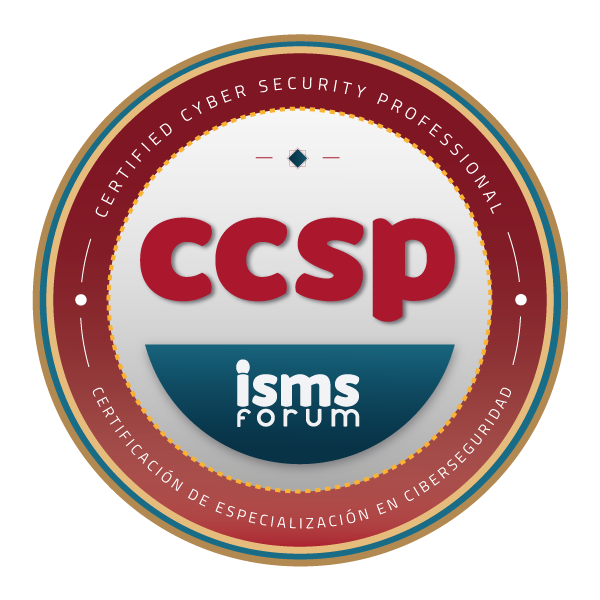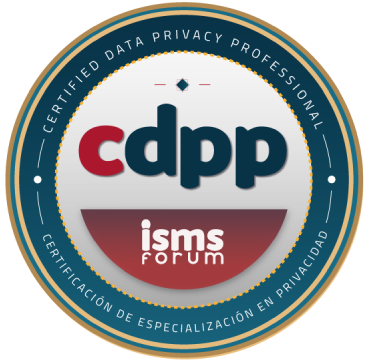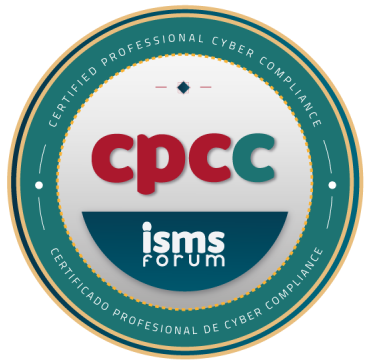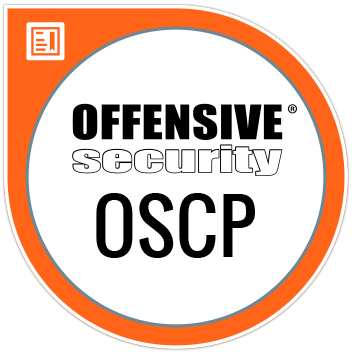He Purchase Information Record, commonly referred to as “Registration Info"" represents a fundamental element in materials management within the SAP environment. This term can often be confusing for many customers implementing SAP in their systems, as it differs from a binding contract. Rather, it is a tool that provides information on prices and conditions associated with a specific material in relation to a specific supplier.
Essentially, this record is a card that stores crucial data about a material and its respective supplier. While this record suggests a price for a given material when placing a purchase order, it's important to note that this price isn't necessarily mandatory. Instead, it serves as a reference to guide purchasing decisions, providing a general idea of the associated costs.
Purchasing information records thus become an invaluable resource for purchasing departments, providing a solid foundation for effective negotiations with suppliers and facilitating more efficient materials management. By properly leveraging this tool, organizations can optimize their procurement processes, reduce costs, and improve their overall supply chain management performance.

The Info Record allows purchasing managers to quickly determine:
- Materials previously offered or supplied by a supplier.
- Suppliers who have offered or supplied a specific material.
The information contained in the Info Record includes:
- Item reference at the supplier.
- Estimated delivery time.
- Claim deadlines.
- Purchasing group responsible for material management.
- Seller contact information.
- Description of the material for the supplier.
- Certificate of origin number, country of origin and manufacturing supplier.
- Order unit of measure and relationship to the base unit.
- Incoterms and port of destination.
- Import procedure for INTRASTAT declaration.
- Minimum order quantity.
- Price conditions (material, transportation, etc.).
- Indicator of the usual supplier for the material.
- VAT rate.
- Text for orders.
- Tolerances upon receipt of goods (Percentages of tolerance allowed upon receipt of goods. E.g. 100 kg of aluminum are purchased and if there is a tolerance of 10% for both excess and deficiency, quantities between 90 and 110 kg will be accepted)
When an order for a material is placed with a supplier with an existing Info Record, the system will inherit the information contained therein, although this information can be modified during order creation.
It's important to note that SAP does not allow automatic updating of Info records from the purchase order. Therefore, the purchase order must be created before being used in a purchasing document. This is primarily because the purchasing rates included in Info records are not affected by purchase order prices in the event of a change.
An Info record will not be required in purchasing documents, meaning it is possible to save an order for a supplier with an item without Purchasing Info. In this case, the order will not inherit specific data for that supplier, and data such as prices, discounts, delivery times, etc., must be entered manually in the document.
In the scenario where the Info Record is created automatically, it would default to the price and conditions of the document in which it was created. For this reason, SOLTEC recommends creating it manually when necessary, and when not, as it is not mandatory, not using this object.
1. Validity of the Info Record
The Purchasing Info record is defined at the purchasing organization and plant level.
- If no center is specified, the Info record will be valid for all centers.
- If a center is indicated, the validity of said Info record is limited to that specific center.
2. Provisioning Classes in Info Records:
Info records can be created for different types of provisioning:
- Standard: Contains the information needed to place standard orders.
- Subcontracting: Stores order management information for subcontracting, useful when the company outsources processes. This includes information on the subcontractor's pricing and terms.
3. Transactions in SAP
From the SAP root, you access the logistics side to perform transactions related to materials and procurement management.
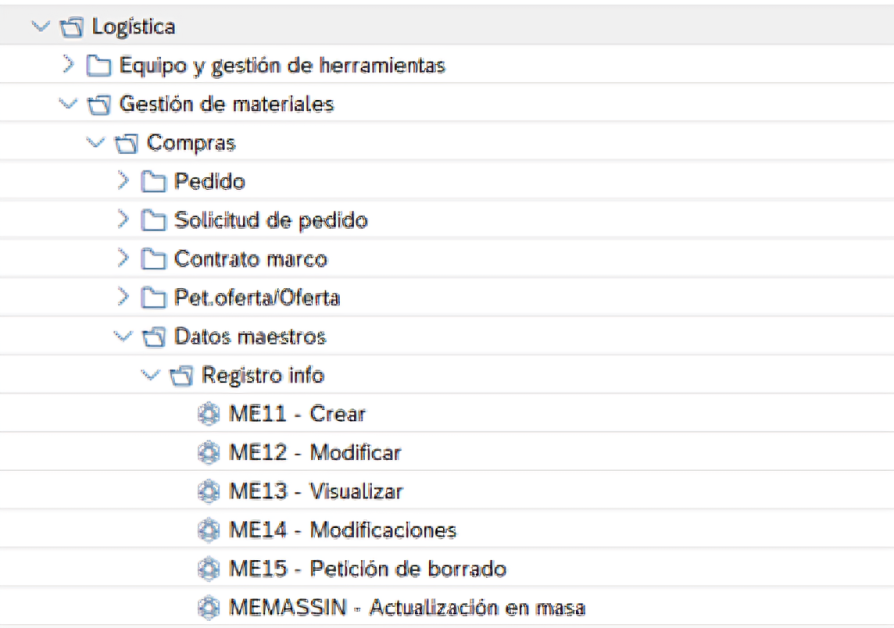
From Fiori, the same transaction name is used to access the Info Record, since these are primary transactions that are usually included in the catalog according to the corresponding role.
In conclusion, to maintain effective price control with suppliers and generate a useful price history for future decision-making, it is highly recommended to use this tool in our organization. The data we obtain will provide a solid basis for better decisions in the future.
Discover our SAP training
We have our Master in Financial Management and Functional Consulting SAP S/4HANA Finance, Official Sap S/4Hana Sourcing And Procurement Certificate and Sap S/4Hana Finance Official Certificate.














